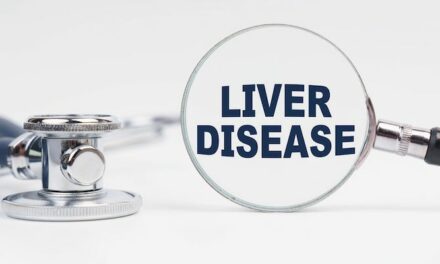Helen Murray Free, a chemist who ushered in a revolution in diagnostic testing when she co-developed the dip-and-read diabetes test, a paper strip that detected glucose in urine, died on Saturday at a hospice facility in Elkhart, Ind. She was 98.
The cause was complications of a stroke, her son Eric said.
Before the invention of the dip-and-read test in 1956, technicians added chemicals to urine and then heated the mixture over a Bunsen burner. The test was inconvenient, and, because it could not distinguish glucose from other sugars, results were not very precise.
Working with her husband, who was also a chemist, Ms. Free figured out how to impregnate strips of filter paper with chemicals that turned blue when glucose was present. The test made it easier for clinicians to diagnose diabetes and cleared the way for home test kits, which enabled patients to monitor glucose on their own.
People with diabetes now use blood sugar meters to monitor their glucose levels, but the dip-and-read tests are ubiquitous in clinical laboratories worldwide.
Read more in the New York Times.





